For the next Apple Watch, Apple is likely to switch from touch-on-lens technology to a glass-film option, in the process changing up suppliers for its touch technology, a report claimed on Tuesday.
Apple will probably turn to either Biel Crystal or General Interface Solution to produce the glass-film touch panels, DigiTimes said, citing industry sources. Biel has separately been rumored as one of the suppliers for the front and back glass on three upcoming iPhone models, including an OLED-equipped "iPhone 8" or "iPhone X."
If Apple does take on Biel and GIS for a third-generation Watch, it will be dropping current touch panel supplier TPK, which has allegedly been unable to get good yield rates for touch-on-lens and been planning on its own to halt production for the Watch. The company is reportedly trying to return to profitability, since the yield issue was responsible for losses during 2016.
On a technical level the difficulty was said to be the curved surface of the Watch, which complicated the manufacturing process for touch panels.
Few rumors have emerged about a third-generation Watch model, which will presumably ship this fall if it follows in the path of the Series 1 and Series 2.
One possibility is LTE support, which missed its debut with the Series 2, likely because Apple was unable to address battery drain problems in time. The company was purportedly in talks with American and European carriers, and considering options for low-power cellular chips.
Adding LTE could allow a Watch to operate as a fully independent device, rather than being tethered to an iPhone most of the time. The Series 2 gained somewhat more independence thanks to built-in GPS, useful for fitness and navigation apps.
 Roger Fingas
Roger Fingas

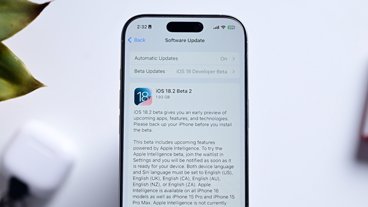
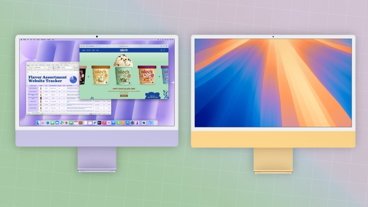
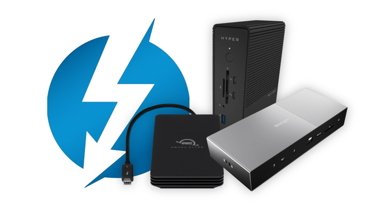
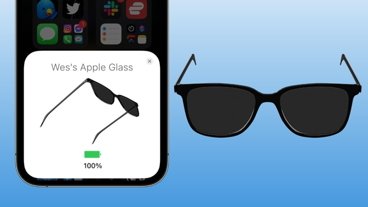
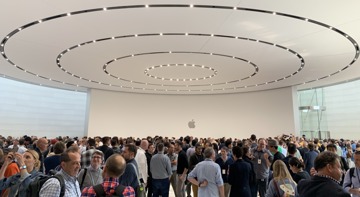

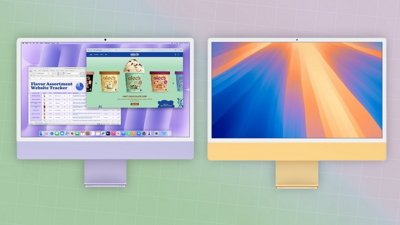
 Oliver Haslam
Oliver Haslam
 Christine McKee
Christine McKee
 Malcolm Owen
Malcolm Owen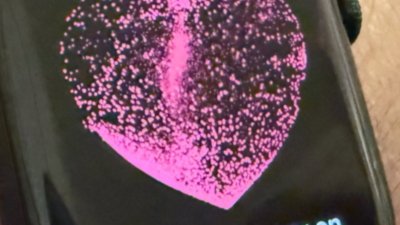
 William Gallagher
William Gallagher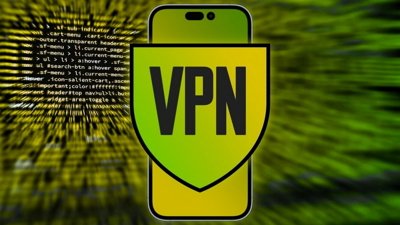
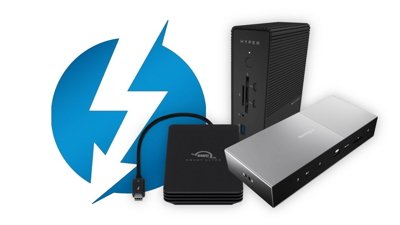

 Amber Neely
Amber Neely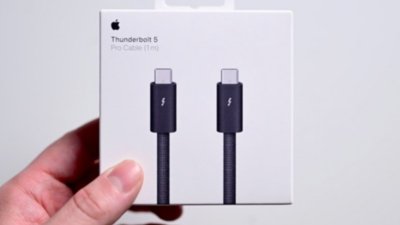
 Andrew O'Hara
Andrew O'Hara



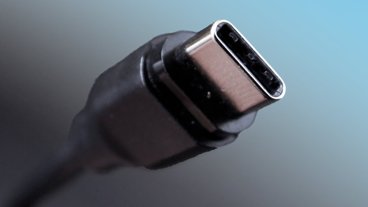
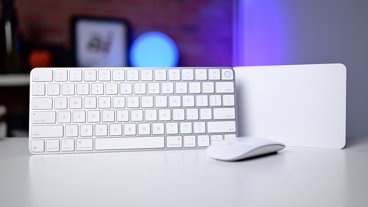
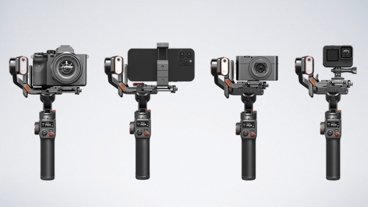

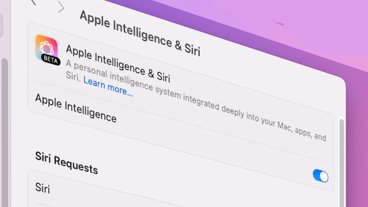

29 Comments
This writer insinuates that the series 1 and 2 watches were successive releases. They weren't. Just different models.
Based on gen 2 reviews I would rather see higher resolution GPS sampling than LTE so I can actually consider replacing my Garmin Forerunner. There's too much slop right now, especially in measuring pace.
...
As far as I am concerned, it would be sufficient if the LTE was used for an emergency call option -- free of charge of course. And by emergency I don't just mean the ambulance, but also, for example, sending a text to a contact. I personally dislike the thought of going on a 50+ mile bike ride and have no way of calling if I have a crash, or even just running for 30 min and not having any way to get help if I slip and break my leg. None of this happened, of course, but still.